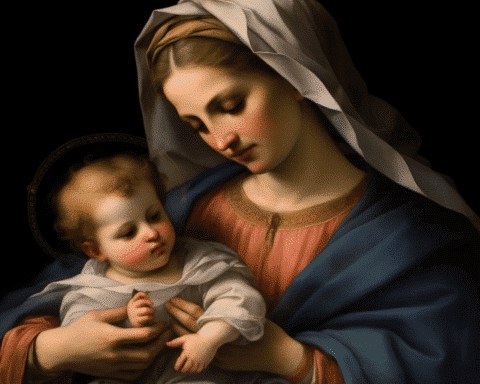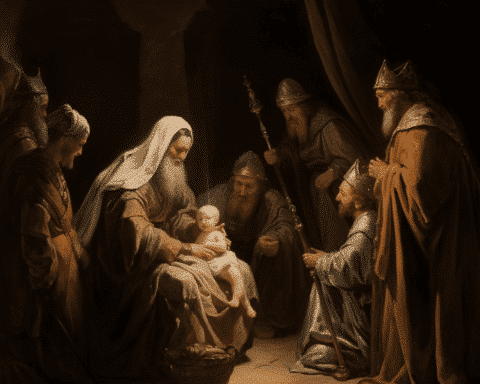In an extraordinary unveiling, the Rijksmuseum in Amsterdam became the stage for a remarkable historical art event. Rembrandt’s most diminutive formal portraits, featuring “Jan and Jaapgen,” a prominent couple from Leiden, have been rediscovered and are now on public display. These portraits, lost for nearly two centuries, have reemerged from the shadows of a private collection, casting new light on the Dutch master’s work and his connections.
The unveiling of these portraits, measuring a mere 19.9-by-16.5 centimetres, marks a significant moment in art history. Jonathan Bikker, the museum’s curator, expressed his amazement, noting the rarity of uncovering completely unknown works by such a renowned artist. These paintings, valued at £11.2 million, depict Jan Willemsz van der Pluym, a wealthy slater and plumber, and his wife Jaapgen Caerlsdr, and have been confirmed as authentic works of Rembrandt.
Dated around 1635, these portraits were likely created when Rembrandt was a sought-after portraitist in Amsterdam. It’s believed that the couple, who were close family friends of Rembrandt, commissioned these works during a visit to the city. The more miniature portraits mirror two larger pieces, initially not attributed to Rembrandt but came under suspicion after a 1760 auction catalogue discovery by Isabella van Eeghen, the Amsterdam city archivist, in 1977.
The Rijksmuseum’s extensive research, utilizing advanced techniques like X-radiography, infrared photography, and paint sample analysis, was pivotal in formally establishing the attribution to Rembrandt. These techniques revealed the unique characteristics of Rembrandt’s style, including spontaneous brushwork and alterations, or “pentimenti,” which Bikker highlights as traits not typical in copies.
The historical significance of these portraits extends beyond their artistic value. The Van der Pluym family deeply connected with Rembrandt’s family, further intertwining these works with the artist’s life. This connection is underscored by the fact that Van der Pluym’s son married Rembrandt’s cousin in 1624.
Collector Henry Holterman, who acquired these portraits earlier this year, has generously placed them on long-term loan to the Rijksmuseum. This gesture acknowledges the museum’s instrumental role in its authentication and ensures its accessibility to the public.
Taco Dibbits, the director of the Rijksmuseum, aptly summarized the significance of this event, noting how “Jan and Jaapgen” will bring visitors closer to Rembrandt’s family circle. These intimate and revealing portraits now stand as a testament to the enduring allure of Rembrandt’s artistry. They not only enrich our understanding of the Dutch master’s work but also offer a rare glimpse into his world. In their newfound public domain, these portraits will continue to captivate and educate millions, bridging centuries of art history and human connection.




